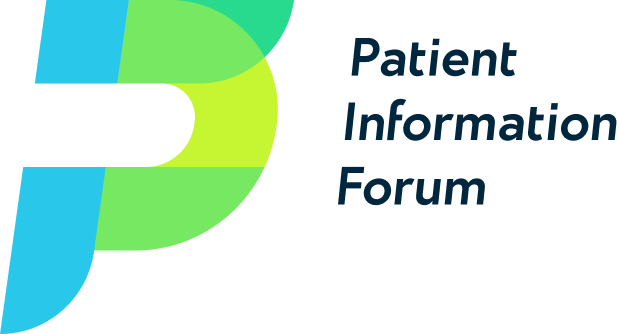The Patient Information Forum (PIF) is expanding its guidance on translation to help more people access health information they can understand and use.
New guidance published today (12 December) looks in more detail at the pros and cons of using machine translation and at options for clinical review of translated material.
It also aligns good practice on translation to the 10 criteria of the PIF TICK – the UK trust mark for health information.
PIF director Sophie Randall said: “Up to 1 million people in the UK cannot speak English well or at all.
"These people also have a lower proportion of ‘good’ health than English speakers.
"We also recognise people who have good spoken English may struggle to understand health information.
"Health information producers want to make information accessible to all.
"But translation presents real challenges in terms of cost, prioritising need and checking clinical accuracy.
"However, doing nothing has risks of its own and perpetuates health inequality.
"We hope this new consensus guidance will help members navigate the challenges and move ahead with the provision of translated health information.”
Best practice on health information translation
Raisa McNab, chief executive officer of the Association of Translation Companies, said: “Health information is only accessible if you can understand it.
"Healthcare organisations face many challenges around providing multilingual health information.
"For them, PIF’s new how-to guide on translating health information maps out best practices that can be put into practice immediately.
"For us at the ATC, it has been an absolute pleasure to be involved in this project, and to be able to invite our member companies to share their language services expertise.”
The updated guide was informed by an expert roundtable hosted by PIF in September.
The event was attended by health information producers, translation companies and NHS England.
A need for clear guidance
Dr Alice Wood, GP and clinical director, said: “If we are going to seriously improve health inequalities observed across patients from different ethnic groups, then ensuring they have access to health information that speaks to them is vital.
"Safely and effectively translating health information into languages other than English is challenging and demands time, money and expertise.
"If those creating health information are going to undertake these challenges, then there is a need for clear guidance on how to translate health information to create resources that are safe and meet genuine needs of the relevant community.
"Without guidance and support, it feels like the default position is to avoid the cost and risks associated with translation.”
PIF members can access the updated guide at pifonline.org.uk/resources/how-to-guides/translating-health-information

